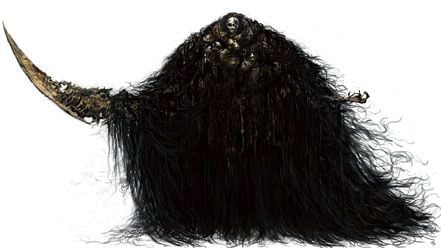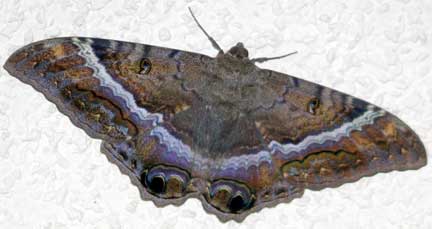Fun fact, before I decided to be a chef and go to culinary school, I went to college to be a meteorologist. I have always been enamored by the weather and decided I wanted to do that for a living. Sadly, I wasn't the best at it, mostly the math sections. You'd be surprised how much math we had to take. I think only the mathematicians beat us. But enough about that.
When I started DMing 3.5 and later Pathfinder, I would incorporate a lot of OSR survival stuff into my games. I always focused a lot more on the Man vs. Nature battles as players would deal with wildlife, natural disasters, disease, and weather. Weather is awesome and a game changer, and most players don't expect to deal with the blistering heat or cold, let alone storms and tornadoes. One of the most memorable moments in a game was when a PC tied himself to a pole and survived a tornado going over them, all while screaming and shouting obscenities. This earned him a place of honor among the tribes of kobolds that saw what he accomplished and he became a hero to them.
Of course, when adding more survival stuff into your game, it helps to know a little bit about the rules as well as how it works in real life, especially in a world very different from our modern world. For today. it's weather forecasting. In Pathfinder, one can forecast the weather using the Survival skill. And I use this in my ACKS game too, with a 16+ roll to do it, but those with Survival gain a +4 to it. However, many of my players have wondered how, without modern equipment, did our ancestors divine the weather?
We have to remember that people didn't use the scientific methods that we use today. A lot of weather forecasting was pattern recognition, based on astronomy, observing animal behavior, and simply looking at patterns in the sky. This would be compiled into almanacs as weather lore. You can see a pretty good list of them on the Wikipedia article about it. You can use these or have them as inspiration to make up your own weather lore for your game. Remember, it's all based on observations, not rigorous testing. If a bunch of crows gather the night before a rainstorm, you can bet that people will assume that a murder of crows brings the rain. And with running a magical fantasy setting, maybe that is actually the case! There are more magic methods of forecasting the weather, Dowsing and haruspicy are some real world examples. The classical definitions of pyromancy and aeromancy are also good to use for divining the weather (among other things).
Forecasting the weather is an important tool if you make weather a decent obstacle. Players dealing with torrential rainstorms and the flash floods that come with them will value a survivalist's prediction in the future. Or, the players trap an enemy army in a terrible thunderstorm to weaken and gain an advantage on them. Anything is possible! The more you use weather, the more of an impact it will have. I generally use the Pathfinder rules for weather, since they are pretty robust, but use or make up whatever you like! For a generator, I like to use the Dodeca Generator here. I find it is a good weather generator that takes into account the previous day's weather as well as the climate.
We have to remember that people didn't use the scientific methods that we use today. A lot of weather forecasting was pattern recognition, based on astronomy, observing animal behavior, and simply looking at patterns in the sky. This would be compiled into almanacs as weather lore. You can see a pretty good list of them on the Wikipedia article about it. You can use these or have them as inspiration to make up your own weather lore for your game. Remember, it's all based on observations, not rigorous testing. If a bunch of crows gather the night before a rainstorm, you can bet that people will assume that a murder of crows brings the rain. And with running a magical fantasy setting, maybe that is actually the case! There are more magic methods of forecasting the weather, Dowsing and haruspicy are some real world examples. The classical definitions of pyromancy and aeromancy are also good to use for divining the weather (among other things).
Forecasting the weather is an important tool if you make weather a decent obstacle. Players dealing with torrential rainstorms and the flash floods that come with them will value a survivalist's prediction in the future. Or, the players trap an enemy army in a terrible thunderstorm to weaken and gain an advantage on them. Anything is possible! The more you use weather, the more of an impact it will have. I generally use the Pathfinder rules for weather, since they are pretty robust, but use or make up whatever you like! For a generator, I like to use the Dodeca Generator here. I find it is a good weather generator that takes into account the previous day's weather as well as the climate.




.png/revision/latest?cb=20131007141858)





